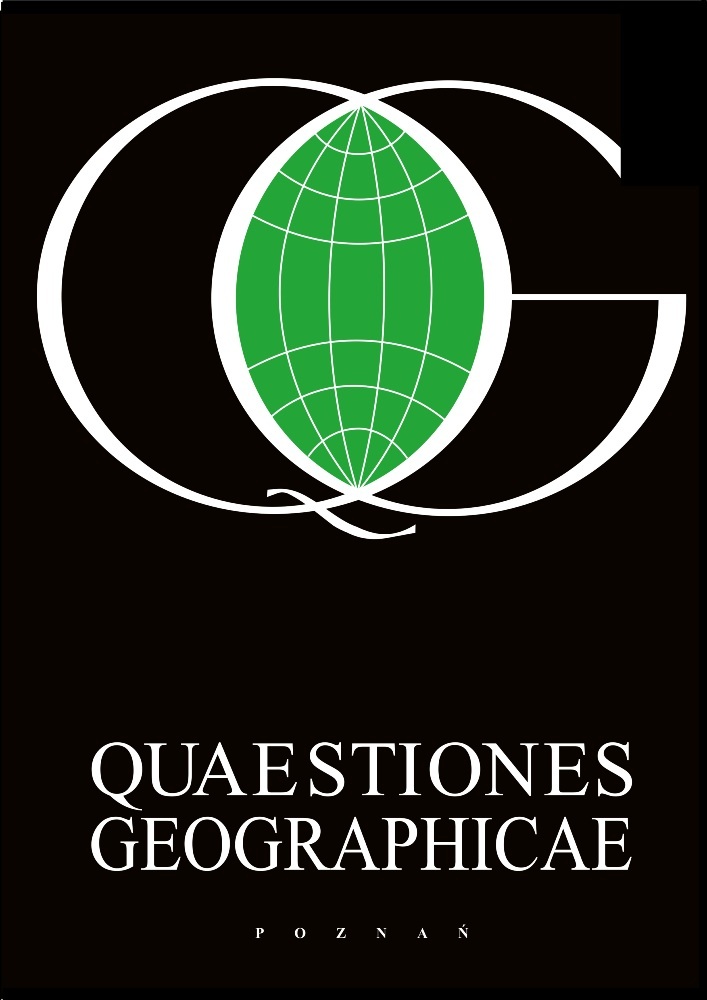Abstract
The purpose of this paper is to suggest an empirical model to assess personal characteristics and creative behaviour among creative workers in Indonesia’s creative industries. It is critical for people to do their best to ensure and realise that creativity is one of the most important elements in order to achieve high performance. Although a few previous studies have focused on the understanding of how the myriad of interacting potential creators can foster their performance, the characteristics and behaviour patterns of Indonesia’s creative workers are not well identified yet. Considering this, a new measure has been developed and evaluated with a group of creative workers (N = 220). This study presents data supporting the reliability (internal consistency) and validity (criterion and construction) of this multidimensional instrument. The results of factor analysis indicated a fivefactor solution. These factors demonstrated adequate internal consistency and correlations with the established measures of the Big-Five personality (e.g. the NEO-FFI of Costa & McCrae 1992). It was found that the most important elements determining the characteristics of creative people are enthusiasm, a low depression level, self-discipline, trust, and ideas.
References
Amabile T.M., 1983. The social psychology of creativity: A componential conceptualization. Journal of Personality and Social Psychology, 45: 357-376.
Amabile T.M., 1996, Creativity in context. Westview, Oxford.
Barron F.B. & Harrington D.M., 1981. Creativity, intelligence, and personality. Annual Review of Psychology, 32: 439-476.
Buttner E.H. & Gryskiewicz N., 1993. Entrepreneurs’ problem-solving styles: an empirical study using the Kirton adaption/innovation theory. Journal of Small BusinessManagement, 1: 22-31.
Cook P., 1998. Best practice creativity. Penguin Books, Harmondsworth.
Costa P.T. Jr.. & McCrae R.R., 1992. Revised NEO Personality Inventory (NEO-PI-R) and NEO Five-Factor Inventory (NEO-FFI) manual. Psychological Assessment Resources, Odessa, FL.
Couger J.D., 1995. Creative problem solving and opportunity finding. Boyd and Fraser, Danvers, Mass.
Cronbach L.J., 1951. Coefficient alpha and the internal structure of tests. Psychometrika, 16: 297-334.
Departemen Perdagangan RI. (Ministry of Trade), 2008. Pengembangan Ekonomi Kreatif Indonesia 2025: Rencana Pengembangan Ekonomi Kreatif Indonesia 2009-2015 (Indonesia Creative Economy Portal 2009-2015). Indonesia Design-Power Teamwork, Jakarta.
Feist G.J., 1998. A meta-analysis of personality in scientific and artistic creativity. Personality and Social Psychology Review, 4: 290-309.
Feldhusen J.F. & Goh B.E., 1995. Assessing and accessing creativity: An integrative review of theory, research, and development. Creative Resources Journal, 8(3): 231-247.
Florida R., 2002. The rise of the Creative Class: And how it’s transforming work, leisure, community and everyday life. Perseus Book Group, New York.
Ford C.M., 1996. A theory of individual creative action in multiple social domains. Academy of Management Review, 21(4): 1112-1142.
Freud S., 2010. The interpretation of dreams. Bartleby.Com., New York.
Gorney E., 2007. Dictionary of creativity: Terms, concepts, theories and findings in creativity research. http://creativity.netslova.ru/ (accessed April, 2012).
Hair J.F., Black W.C., Babin B.J., Anderson R.E. & Tatham R.L., 2006. Multivariate data analysis. 6th ed. Pearson Education, Inc., New Jersey.
Hoban M., 2012. An exploration of creative traits and behaviors. http://serendip.brynmawr.edu/bb/neuro/neuro02/web3/m1hoban.html (accessed 3 May 2012).
Hudson L., 1970. The question of creativity. In: Vernon P.E. (ed.), Creativity: Selected readings. Penguin Books, Harmondsworth.
James W., 1884. What is an emotion? Mind 9(34): 188-205.
Jamison K.R., 1996. Touched with fire: Manic depressive illness and the artistic temperament. Free Press, New York.
Kroeck K.G & Brown K.W., 2004. Work applications of the Big Five model of personality. In: Thomas J.C. & Hersen M. (eds). Comprehensive handbook of psychological assessment. Vol. 4: Industrial & organizational assessment. John Wiley & Sons, New Jersey.
Lamm H. & Trommsdorff G., 1973. Group versus individual performance on tasks requiring ideational proficiency (brainstorming): A review. European Journal of Social Psychology, 3: 361-387.
Maslow A., 1968. Toward a psychology of being. Van Nostrand, Reinhold, New York.
Mullen B., Johnson C. & Salas E., 1991. Productivity loss in brainstorming groups: A meta-analytic integration. Basic and Applied Social Psychology, 12(1): 3-23.
Mumford M.D. & Gustafson S.B., 1988. Creativity syndrome: Integration, application, and innovation. Psychological Bulletin, 103: 27-43.
Razik T., 1976. Programming creative behaviour. British Journal of Education Technology, 3(7): 5-21.
Setiadi N.J., Boediprasetya A. & Wahdiaman, 2011. Seberapa kreatifkah pekerja Anda? Panduan mengukur potensi dan kinerja kreatif seseorang (How creative are your employees? A guide to measure someone’s creative potential and performance). Prenada Media, Publishers, Jakarta.
Simonton D.K., 1999. Origins of genius: Darwinian perspectives on creativity. Oxford University Press, Oxford.
Stavridou A. & Furnham A., 1996. The relationship between psychoticism, trait-creativity and the attentional mechanism of cognitive inhibition. Personality and Individual Differences, 21(1), 143-153.
Taylor W.C., 1988. Various approaches to and definitions of creativity. In: Stenberg R.J. (ed.), The nature of creativity. Cambridge University Press, Cambridge.
Tolstoy L., 1955. What is art? (transl. by Pevear R. & Volokhonsky L.) Penguin Books, London.
Torrance E.P., 1988. The nature of creativity as manifest in testing. In: Stenberg R.J. (ed.), The nature of creativity. Cambridge University Press, Cambridge.
Wallas G., 1926. The art of thought. Harcourt Brace, New York.
Zhou J. & Shalley C.E., 2003. Research on employee creativity: A critical review and directions for future research. In: Martocchio J. (ed.), Research in personnel and human resource management. Elsevier, Oxford, England: 165-217.
License
This content is open access.
